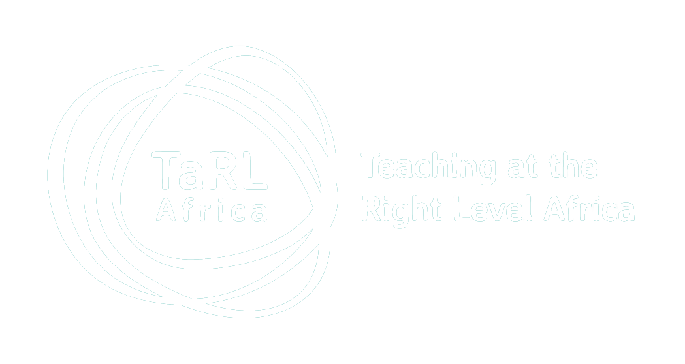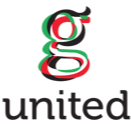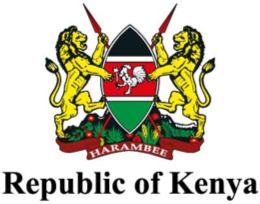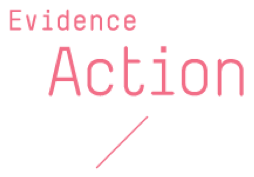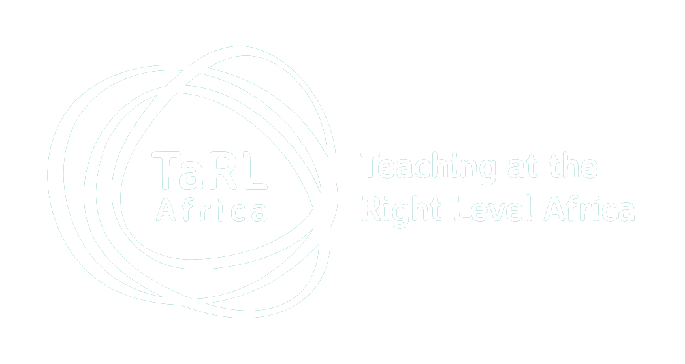Kenya
The Government of Kenya teamed up with Evidence Action to design an evidence-based, volunteer-led TaRL programme
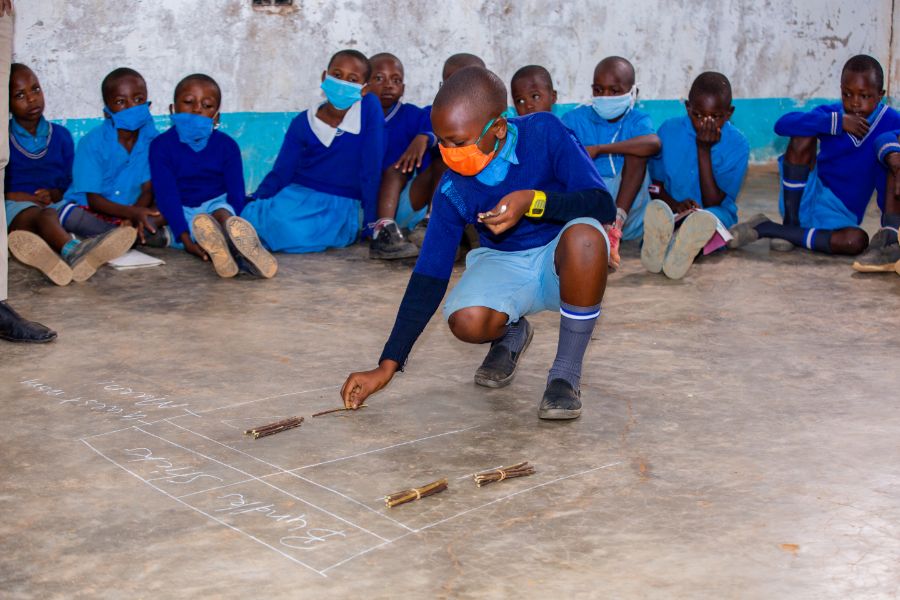
Background
The Pamoja Twasoma project employs the use of the first language to promote the accelerated acquisition of literacy skills. Moving learners from the familiar (first) language to the formal (English) language is anchored on the theory that learning happens faster when moving learners from the known to the unknown. In seven schools, Maa language, the home language, is used particularly at the beginner and word levels. The learners then transition to learning English, which is the language of instruction in schools in Kenya. The intervention takes 60 days with short breaks in between. Concurrently in 15 additional primary schools, we use English right from the word level. This approach has a 45–60-day intervention. The overall level-based approach includes assessing and grouping children according to their ability levels, and not according to their grade level or age. They are identified through a one-on-one assessment and thereafter grouped in three levels the beginner, the word, and the paragraph levels, each group is taught using level-appropriate activities and materials and at the end of 10 days, the students are assessed. Those who qualify, move on to the next level. The classes take place at community spaces, specifically at the manyatta learning centers or at the school, depending on the context and the school schedule. When school is ongoing, classes take place either after school hours, early in the morning, before school schedule commence or at lunch time. GRIC also uses solar powered radios and cell phones to provide digital learning. This involves working with caregivers and families to ensure the content from KICD, Rising on Air and other existing learning platforms is downloaded in USB, delivered to the learning centers for use by the learners using the radios, while the cell phones will be used to access learning materials to caregivers, and accessing learning content from websites. Application of technology in learning will complement learning during and beyond the camps. Engaging parents in their children’s education is part and parcel of our project model
- Intervention group literacy level transition rates The lowest transition rates were from letter to word. Across all the partner schools, on average 80% of the learners were able to move from identifying letters to being able to make and read words by combining letters. The highest transition rates were from word to paragraph and story levels. On average, 88% of the learners who were able to read words were able to read paragraphs with 90% of the learners who were reading paragraphs being able to read, understand and answer questions about the story.
- Non-intervention group’s literacy levels transition rates Similar to those in the intervention groups, the transition rate from identifying letters to making words out of the letters was the lowest at 63%. There was a significant improvement of 65% of the learners identifying words being able to read paragraphs and 67 % of the learners reading paragraphs transitioning to being able to read and understand stories. Across both groups, movement across the lower reading levels (letter and word). This calls for concerted efforts from GRIC and our partners to concentrate efforts on these groups in the next phase of the cycle without losing sight of the paragraph and story level learners. Emerging data from our midline assessment conducted in September 2022 indicate impressive transition rates across all the reading levels with the least transition rates in the formative reading levels. The Pamoja Twasoma project employs the use of the first language to promote the accelerated acquisition of literacy skills. Moving learners from the familiar (first) language to the formal (English) language is anchored on the theory that learning happens faster when moving learners from the known to the unknown. In seven schools, Maa language, the home language, is used particularly at the beginner and word levels. The learners then transition to learning English, which is the language of instruction in schools in Kenya. The intervention takes 60 days with short breaks in between. Concurrently in 15 additional primary schools, we use English right from the word level. This approach has a 45–60-day intervention. The overall level-based approach includes assessing and grouping children according to their ability levels, and not according to their grade level or age. They are identified through a one-on-one assessment and thereafter grouped in three levels the beginner, the word, and the paragraph levels, each group is taught using level-appropriate activities and materials and at the end of 10 days, the students are assessed. Those who qualify, move on to the next level. The classes take place at community spaces, specifically at the manyatta learning centers or at the school, depending on the context and the school schedule. When school is ongoing, classes take place either after school hours, early in the morning, before school schedule commence or at lunch time. GRIC also uses solar powered radios and cell phones to provide digital learning. This involves working with caregivers and families to ensure the content from KICD, Rising on Air and other existing learning platforms is downloaded in USB, delivered to the learning centers for use by the learners using the radios, while the cell phones will be used to access learning materials to caregivers, and accessing learning content from websites. Application of technology in learning will complement learning during and beyond the camps. Engaging parents in their children’s education is part and parcel of our project model
Remedial Reading Program – Kenya
- Learn more about G-United
- Visit the Evidence Action website
- Stay up to date with the G-United and Evidence Action blogs
1) Uwezo (2016) “Are Our Children Learning?” Uwezo Kenya Sixth Learning Assessment Report. Twaweza East Africa. Accessed October 24, 2018. http://www.uwezo.net/wp-content/uploads/2016/12/UwezoKenya2015ALAReport-FINAL-EN-web.pdf
